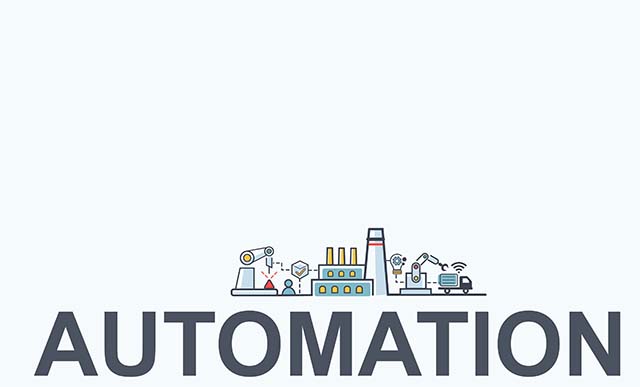Say No to Downtime: Key Steps Toward Achieving Reliable HA and DR in SAP
Meet the Authors
Key Takeaways
⇨ The protection of the entire SAP environment, including operating systems and databases, is essential; standard clustering solutions may not be sufficient for high availability (HA) and failover needs.
⇨ Seek sophisticated protection solutions that cover the entire SAP environment, including operating systems, servers and critical databases, to prevent service interruptions and data loss.
⇨ Implement SAN and SANless clusters to enhance disaster recovery capabilities, allowing for flexible configurations and real-time replication, thus ensuring high availability and business continuity.
Within the last 20 years, it would be hard to find an SAP user who hasn’t experienced some form of downtime or failure in their tech landscape. Disruptions in supply chain, delivery, HR data loss, customer service, contractual liabilities and regulatory fines are not unfamiliar examples for many. However, in the modern age of versatile technology and growing competition, how do you stay afloat without the risk of disruptions and failures slowing down your business’s success?
Seeking the answer to this question, SAPInsider turned to SIOS Technology Corp., the provider of high availability (HA) cluster software for cloud and on-premises systems. According to SIOS, businesses can take a few key steps to ensure the stability and HA of their SAP systems, specifically in Linux-based environments.
Creating clusters shouldn’t be complicated
Explore related questions
According to SIOS, the first step that SAPInsiders need to think about is how their IT department creates clusters. For instance, when IT teams try to customize and manually create clusters, it can become a complex, time-consuming process that is also prone to errors. Instead, you should find a solution that could help automate that process, configuring and implementing your SAP/Linux cluster easily. That kind of solution should ensure that your cluster can manage both failover procedures and replication for disaster recovery automatically and efficiently.
Sophisticate your SAP environment protection
While SAP’s standard clustering solution may be a good foundation for your system protection, it may not be sophisticated enough to fulfill all the requirements for HA and failover procedures. Specifically, the software may not protect the entire SAP system from a wide range of issues that can cause service interruptions, application downtime and data loss. In addition, it may only move the SAP application operation to the standby server, without key databases and a variety of critical SAP operations, putting your data and operations at risk.
Instead, according to SIOS experts, users should seek solutions that could help protect the entire SAP environment, including operating systems, servers, back-end databases and more.
In many cases, failover may not be necessary
When there is a risk of disruption, many organizations may conduct a full failover to ensure that their system’s data is safe and operations are not heavily impacted. However, this does not always have to be the case: with the right third-party solution, organizations can adopt easier and faster interim measures, such as restarting the application on the primary server, especially if that software can apply intelligence to the process of responding to a detected failure.
Reach for the Sun with SAN and SANless clusters
To respond to modern economic demands, it is important to develop solutions that would enable organizations to adopt the storage area network (SAN) clusters with the hardware, the environment and configurations in either physical, virtual or cloud. This is because modern enterprise computing demands a high level of organization, flexibility and control, unavailable in traditional direct-attached disk deployments within individual servers.
This is why SIOS tailored SIOS LifeKeeper to help organizations develop SANless clusters to provide HA in SAP and SAP HANA environments. According to the vendor, the SANless cluster provides host-based replication for real-time synchronous or asynchronous replication.
Practicing disaster recovery at ease
Once you’ve established a solution that can help you develop SAN and SANless clusters, you can protect your SAP environments from site-wide disaster by having your cluster move failover to a remote location. According to SIOS, when you deploy a solution like SIOS LifeKeeper, you gain the flexibility to configure a multinode failover configuration and mix SAN-based and SANless storage to protect your SAP applications and data as you choose. You can extend a traditional cluster in your primary location to a SANless cluster in a remote location for complete disaster protection without the cost of a second, identical SAN in the remote site.
This flexibility can make DR testing easier because administrators can move SAP to the DR site for testing and then move it back to the primary site when testing is done. It also lets users leave SAP in service on the primary site while completing DR testing with no impact on the production network by unlocking the target data and bringing SAP into service on the backup system to verify recovery.
Disaster recovery and high availability are vital practices for any organization. They can ensure business stability and efficiency through the thorough protection that clustering, replication and recovery processes offer. By following the steps, described by SIOS experts, you may be able to find the right solution that would serve your specific organization’s DR and HA needs, ensuring continuous success and minimizing stress in the future.






